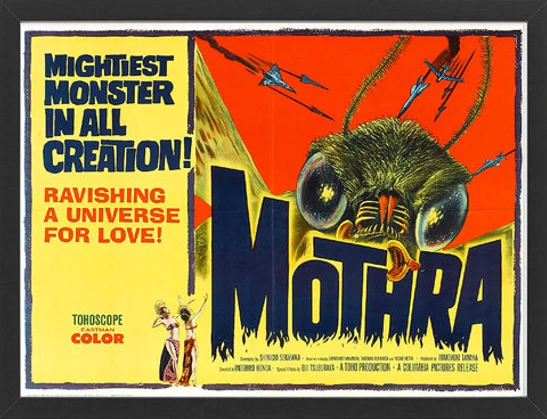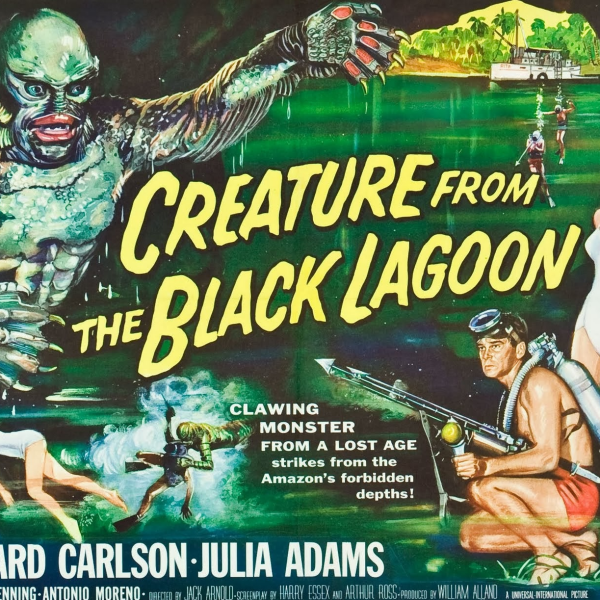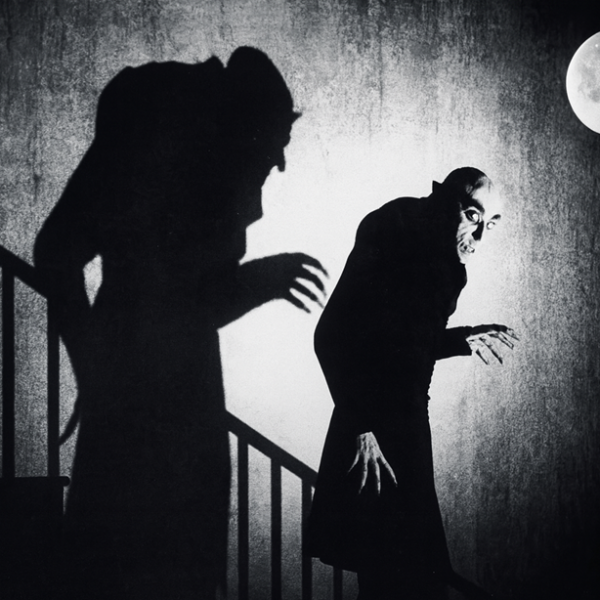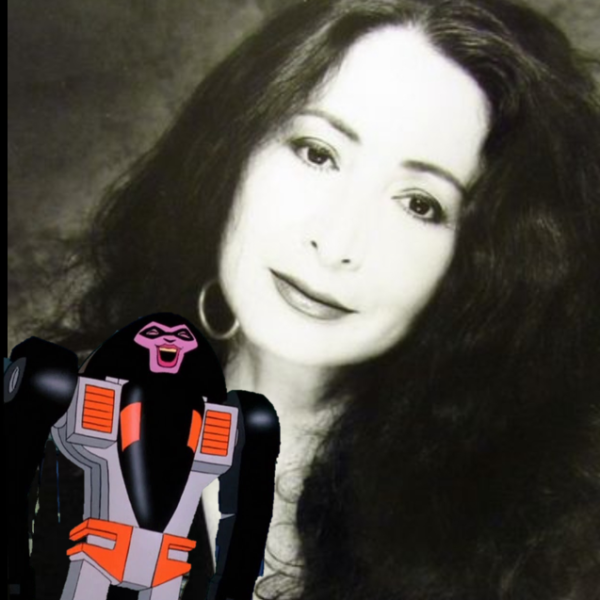October Monster Mash: “Wings of the Divine!” – Mothra (1961)

A Goddess Among Monsters
When Mothra fluttered onto Japanese screens in 1961, audiences were already familiar with city-smashing giants like Godzilla and Rodan. But this new creature — a colossal, radiant moth born of legend — brought something entirely new to the kaiju genre: grace, mysticism, and moral depth.
Directed by Ishirō Honda, written by Shinichi Sekizawa, and produced by Toho Studios, Mothra reimagined the monster movie as a modern myth — a story not of mindless destruction, but of faith, exploitation, and nature’s retribution.
The Story: Song of the Sacred Island
The tale begins when a Japanese expedition discovers a mysterious, radiation-scarred island known as Infant Island, where tiny twin priestesses — the Shobijin (played by the real-life singing duo The Peanuts) — live in harmony with their god, Mothra.
When the expedition’s unscrupulous financier Clark Nelson kidnaps the Shobijin and takes them to Tokyo to exploit their singing act for profit, nature’s balance is shattered. The fairies sing a haunting melody across the ocean, calling upon their protector to rescue them.
Their song — ethereal and unforgettable — awakens the great egg of Mothra, which hatches into a massive larva. The creature sets off across the sea, leaving a trail of devastation in her wake, until she finally cocoons herself and emerges in all her luminous winged glory.
What follows is both awe-inspiring and tragic — Mothra’s flight across Japan is not an attack, but a search for peace, driven by the divine instinct to save her sacred attendants.
Myth and Meaning in Motion
Unlike Godzilla, who was born of nuclear destruction, Mothra symbolizes renewal and balance. She’s the embodiment of nature’s purity — vengeful when provoked, but ultimately merciful.
Ishirō Honda, who always infused his kaiju films with philosophical undertones, saw Mothra as a reflection of spiritual power and female divinity. The film’s portrayal of the Shobijin — singing in unison, pleading for harmony — adds to that sense of sacredness.
Through them, Mothra connects humanity’s moral failings with environmental consequences. The exploitation of Infant Island and the desecration of its deity represent humankind’s arrogance toward nature — a theme still deeply relevant today.
The Beauty of Toho’s Imagination
Mothra is one of Toho’s most visually stunning creations. From the lush jungles of Infant Island to the glittering metropolis of Tokyo, the film is rich with color and imagination.
Special effects legend Eiji Tsuburaya brought Mothra to life through meticulous model work and puppetry. The larval form slithers with eerie realism, while the adult Mothra — with her vast, glowing wings and hypnotic eyes — exudes majesty rather than menace.
The score by Yūji Koseki, combined with The Peanuts’ iconic “Mothra’s Song,” creates an atmosphere that’s part fairy tale, part apocalypse. The music doesn’t just accompany Mothra — it defines her.
A Monster with a Soul
What truly sets Mothra apart is her empathy. She doesn’t destroy for pleasure or dominance; her rampages are acts of desperate rescue. In the film’s emotional climax, when Mothra retrieves the Shobijin and returns to Infant Island, it’s not humanity that triumphs — it’s compassion.
That moral core made Mothra a fan favorite and a rare figure in monster cinema: a benevolent creature in a genre dominated by chaos. She became a recurring presence in Toho’s universe, often as an ally to Godzilla, representing the planet’s will to survive.
Legacy of the Winged Guardian
Mothra was an international success, inspiring sequels and crossovers that cemented her as one of the great icons of Japanese cinema. She starred in Mothra vs. Godzilla (1964), Ghidorah, the Three-Headed Monster (1964), and eventually her own Heisei and Millennium-era reboots.
Across generations, Mothra has remained a symbol of hope and harmony, her gentle yet powerful image resonating with fans worldwide.
While Godzilla roars, Mothra sings — and in that song lies her timeless power.
Conclusion
As part of our October Monster Mash, Mothra (1961) reminds us that monsters aren’t always destroyers — sometimes, they’re guardians sent to correct humanity’s imbalance.
Through her radiant wings and mournful song, Mothra speaks to our better nature — the side that seeks to protect rather than consume.
So when you hear the wind this October, listen closely — you might just catch the faint echo of a melody drifting through the night sky…
“Mothra, oh Mothra… grant us your protection, shining light of peace.”



